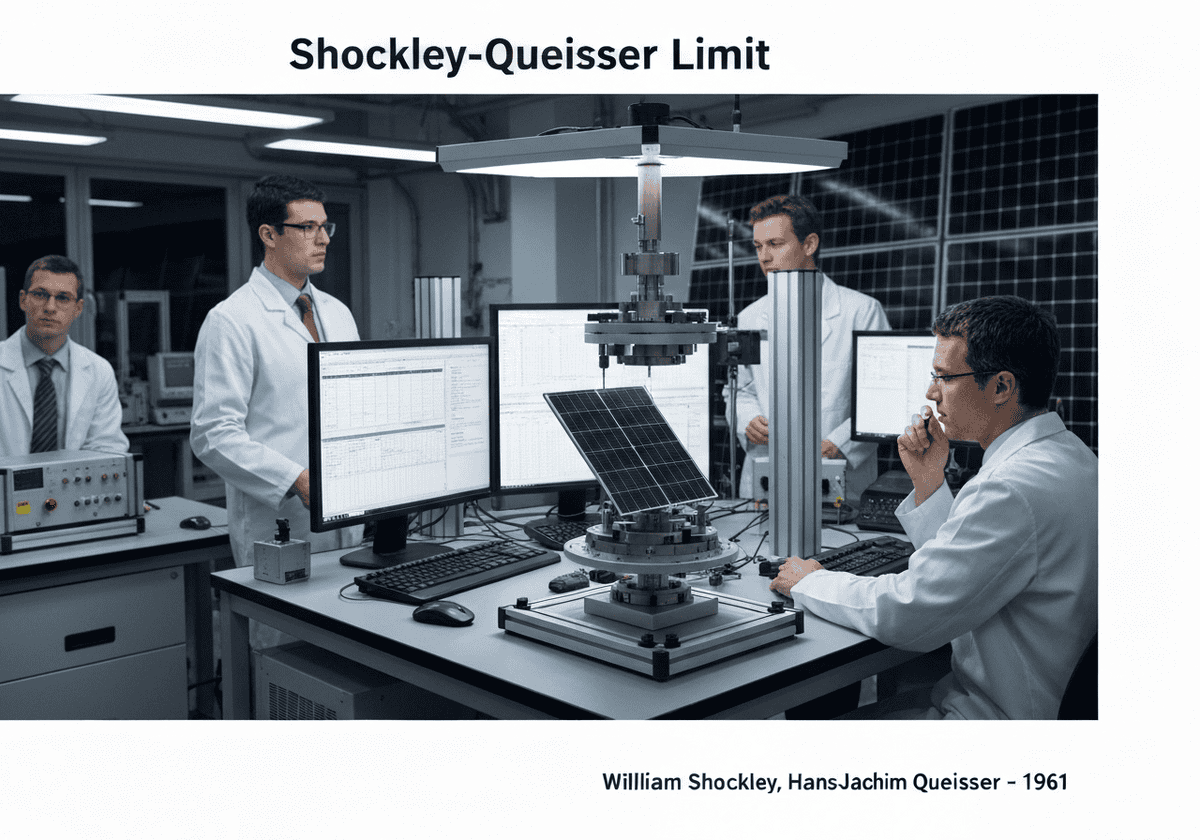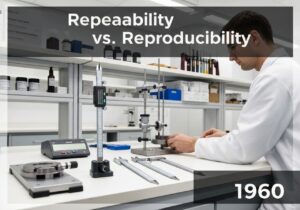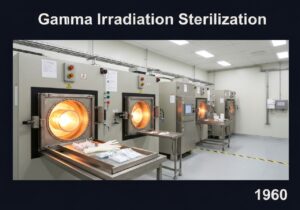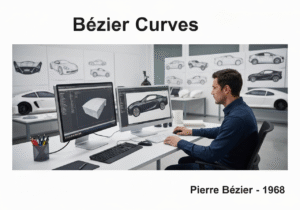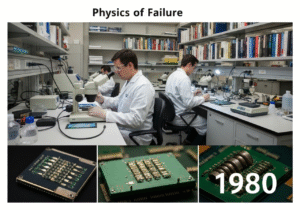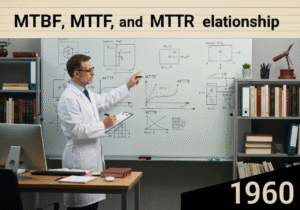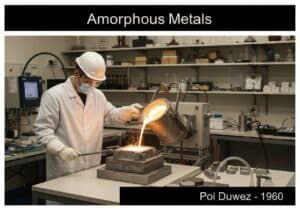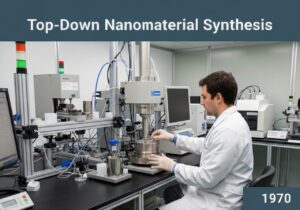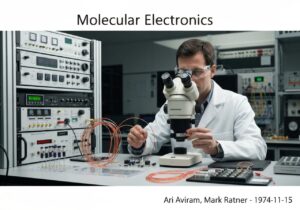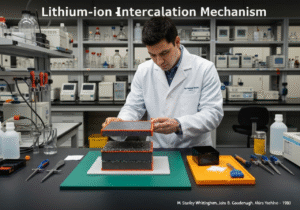El límite de Shockley-Queisser es la máxima eficiencia teórica para una celda solar de unión pn. Considera únicamente la recombinación radiativa y las pérdidas por radiación de cuerpo negro. Para una celda de unión simple con una banda prohibida óptima de 1,34 eV bajo iluminación solar estándar (AM1.5G), la eficiencia máxima es de aproximadamente el 33,7 %. Este límite fundamental guía la investigación y el diseño de celdas solares.

